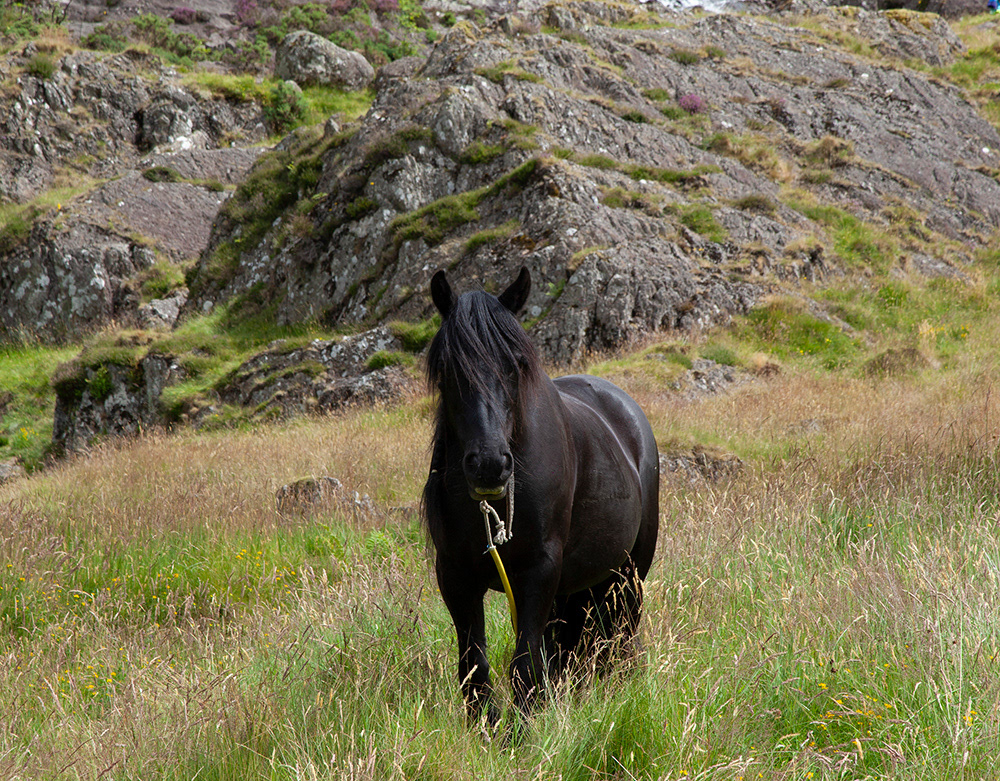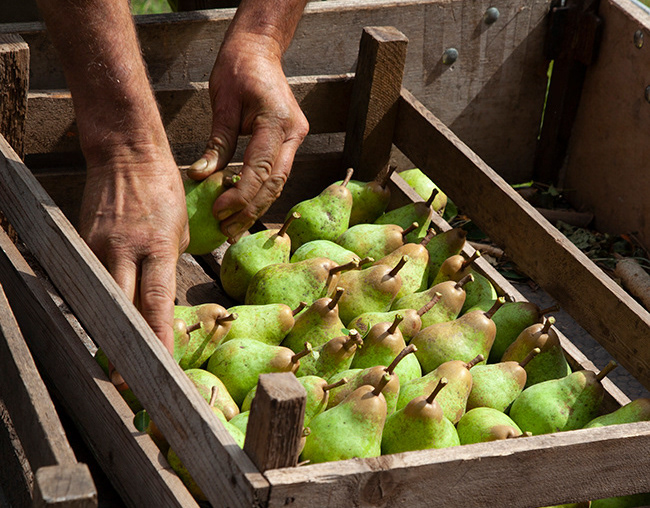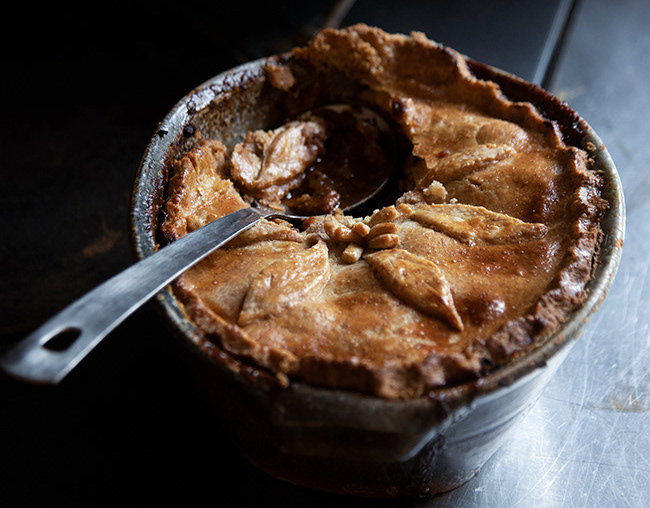Photography & words: © Anna Rubingh

RD 001

RD 002

RD 003

RD 004
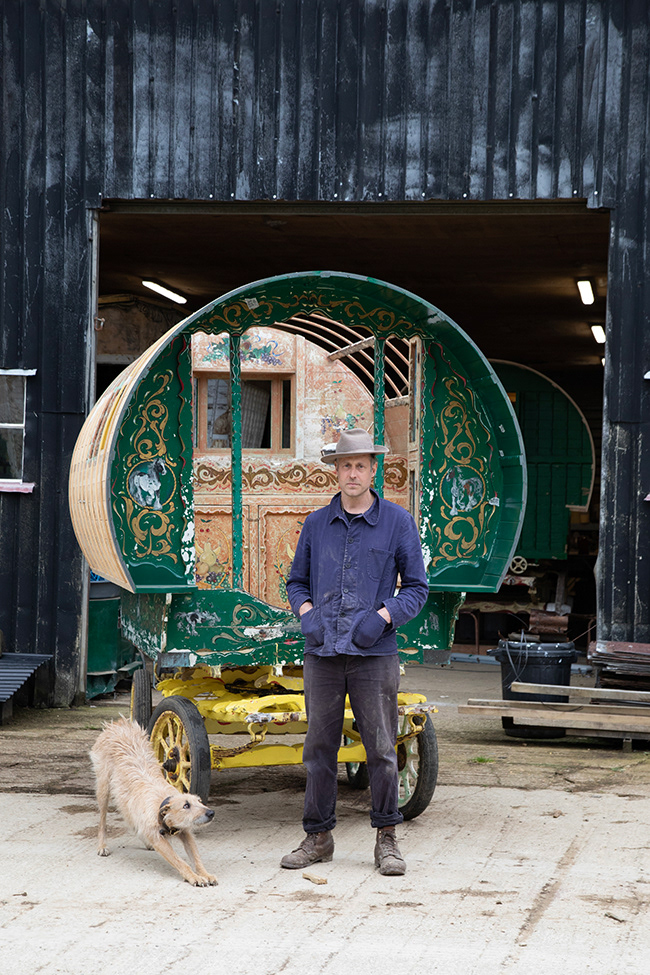
RD 005
They are a thing of beauty; the old wagons carpenter Rollo Dunford restores in his workshop in the Cotswold Hills. The wagons make a great eye-catcher in any garden or yard, as a place to enjoy, relax and feel a little wagon-living freedom in our rushed daily lives. And they are fantastic quirky alternative to a shepherd’s hut.
As dark clouds form over the sunlit hills, moody 1930ths jazz fills Rollo’s workshop. It is like stepping back in time as he brews coffee in an old, battered enamelled coffee pot and tops it up with boiling water from the wood burner. He returns to his wood carving. There are 3 old wagons lined up for restoration, all have beautiful details. Some are more elaborated than others, but all have their own personal stories. “If only those wagons could talk…” Rollo laughs.
Gypsies and Travellers did not always travel in wagons. “The wagons only came into use about 100-150 years ago, life in a wagon was better than in a tent but did still give nomadic freedom.” But as modern times passes, those wagons are on the verge of disappearing. “I rescue them, restore them, and bring them back to life, a new life with new happy owners.”
“Some are barn finds and this one I literally pulled out of a hedge.” He points to a beautiful small green wagon. Inside the wagon, all woodwork is decoratively painted. There are different species of birds singing in hedgerows, cockerels, fruit, and flowers. “The artwork is the best I have ever seen inside a bowtop.”
“And the gorgeous big elaborate wagon, with all its beautifully wood carved details?” I ask him. “Well, that’s my personal project. A wagon build by Thomas Tonge from around 1900. It was as good a wagon as you could get. Thomas Tonge was one of the most famous Gypsy wagon builders around. A wagon, a work of art really, like this is extremely rare. Someday I will live in it myself. But before that happens, it will need a lot of work.”
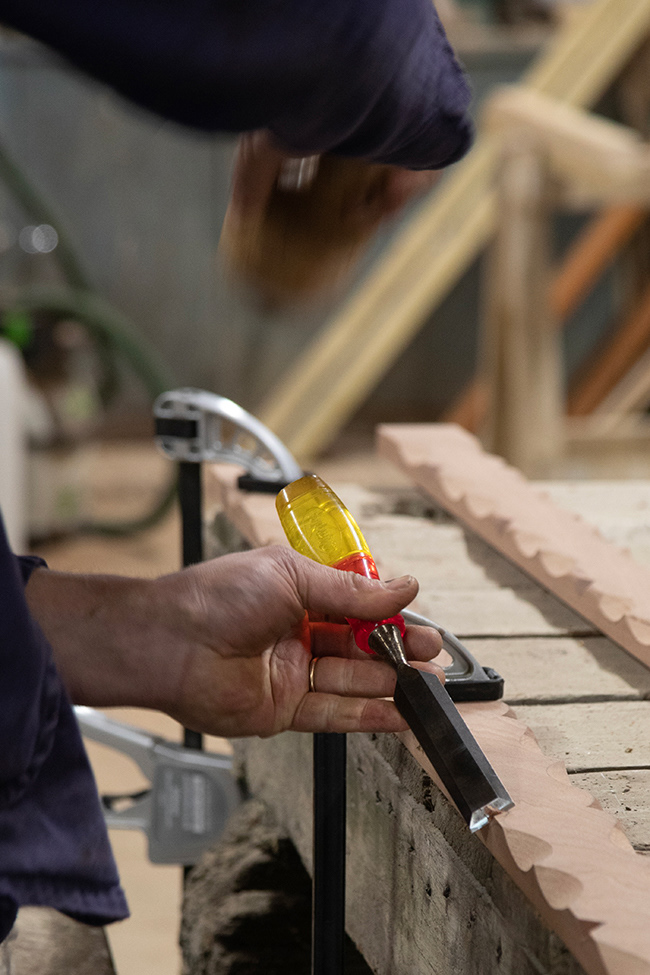
RD 006

RD 007

RD 008

RD 009

RD 010
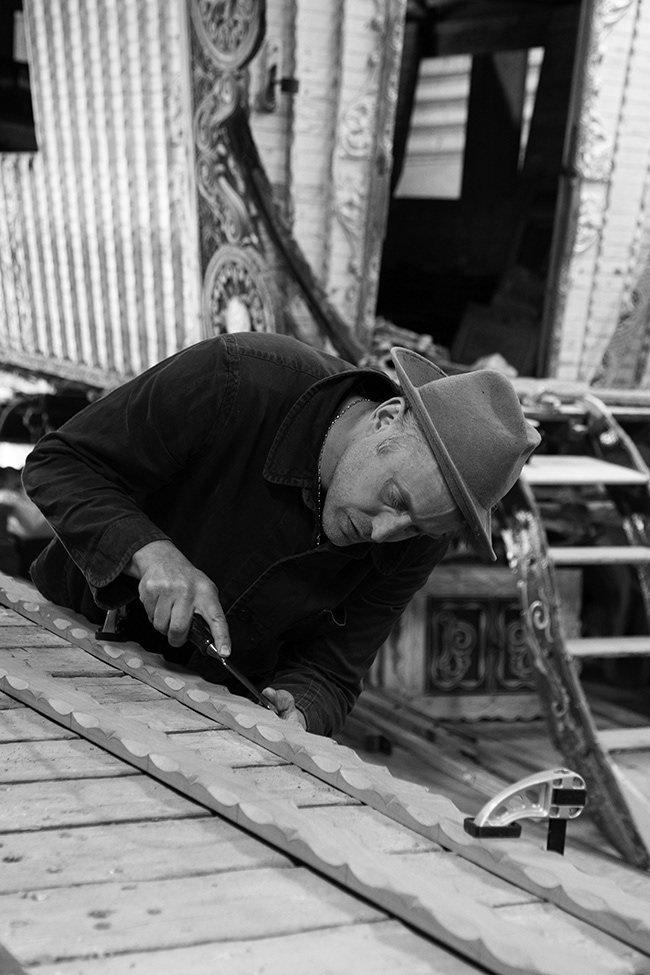
RD 011

RD 012

RD 013

RD 014

RD 015

RD 016

RD 017
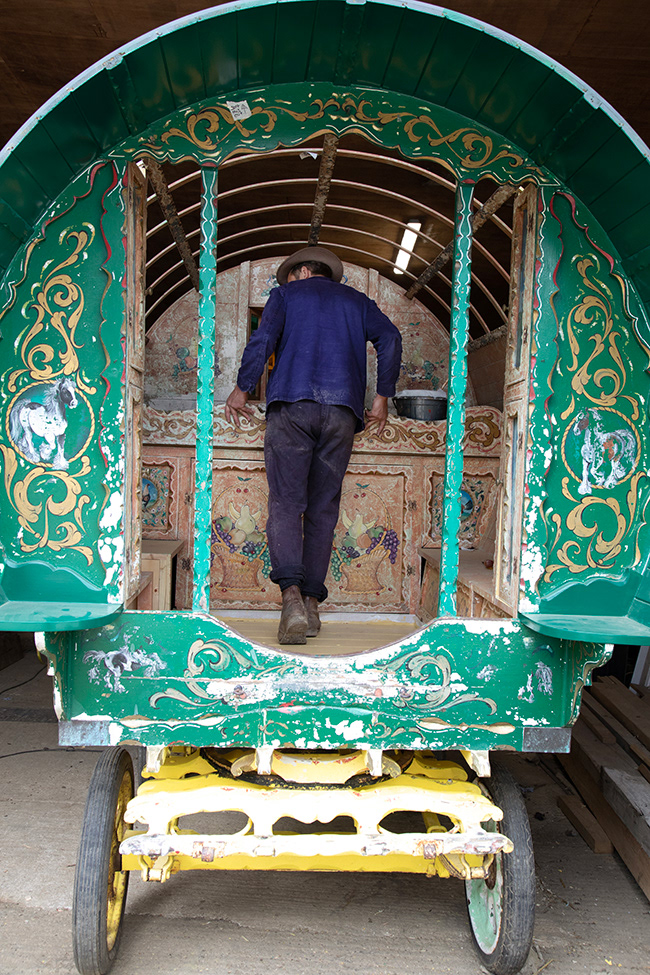
RD 018

RD 019
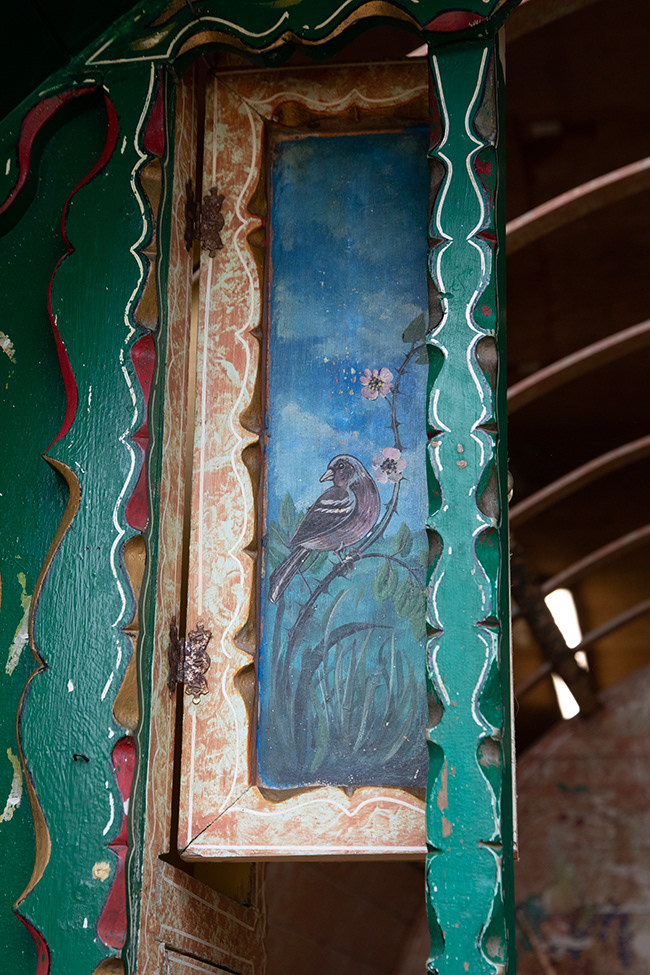
RD 020

RD 021

RD 022
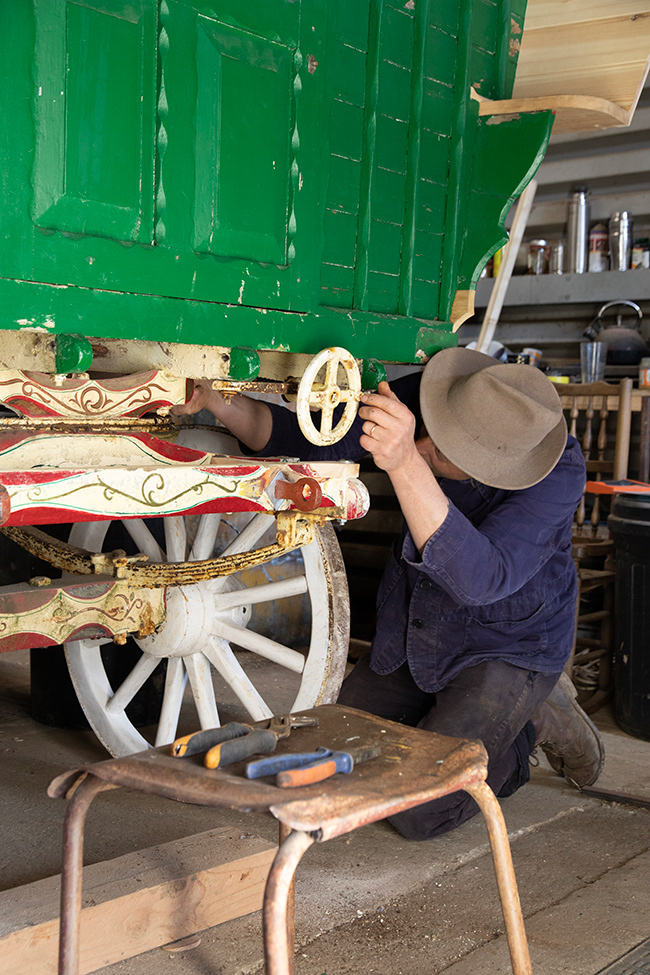
RD 023

RD 024

RD 025

RD 026

RD 027

RD 028

RD 029

RD 030

RD 031

RD 032

RD 033

RD 034
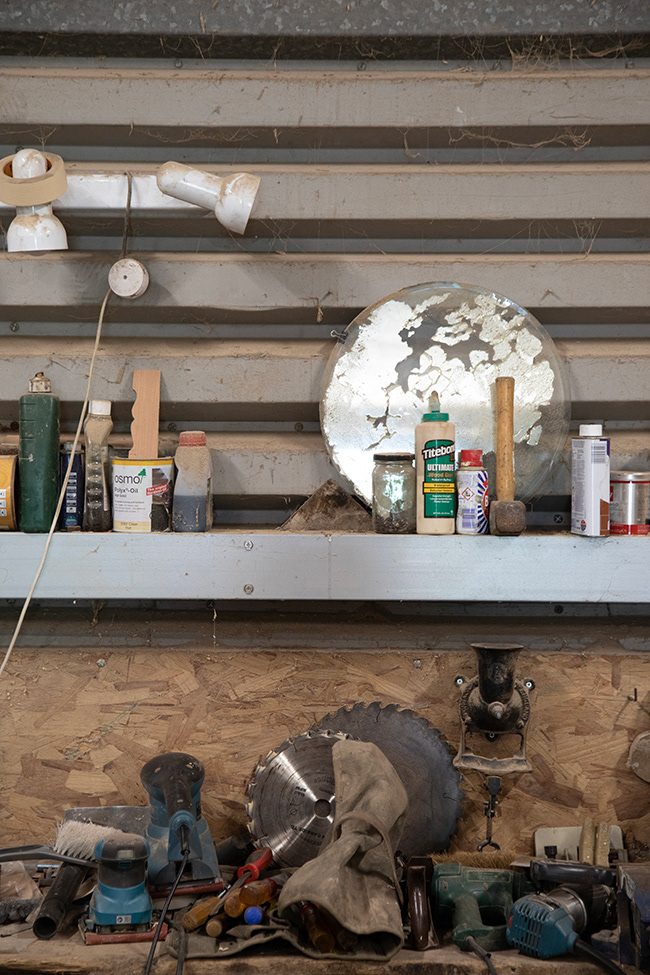
RD 035

RD 036

RD 037

RD 038

RD 039

RD 040

RD 041
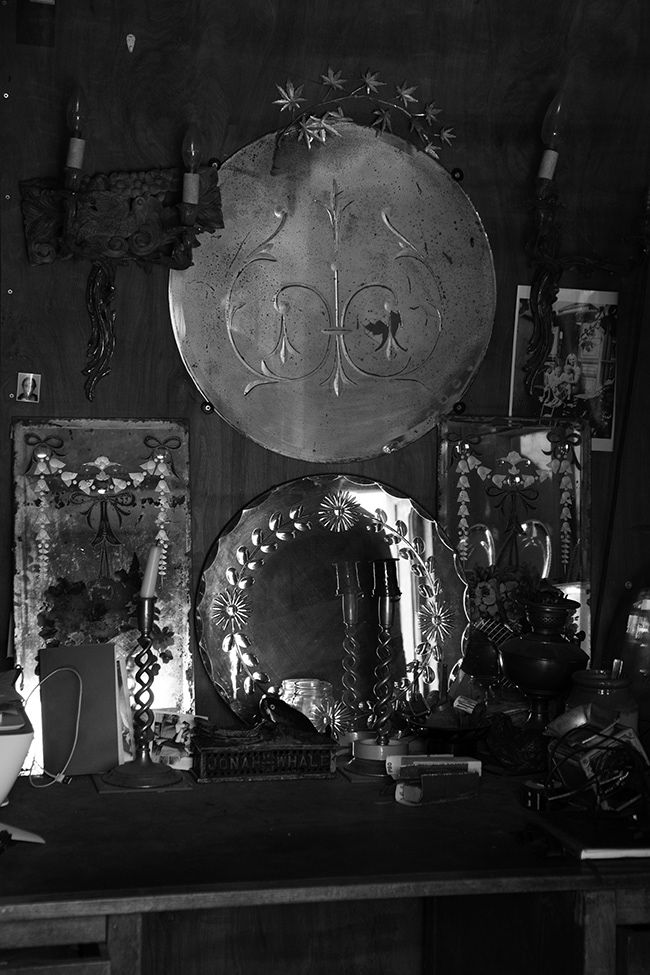
RD 042

RD 043

RD 044

RD 045

RD 046

RD 047

RD 048

RD 049

RD 050

RD 201

RD 202
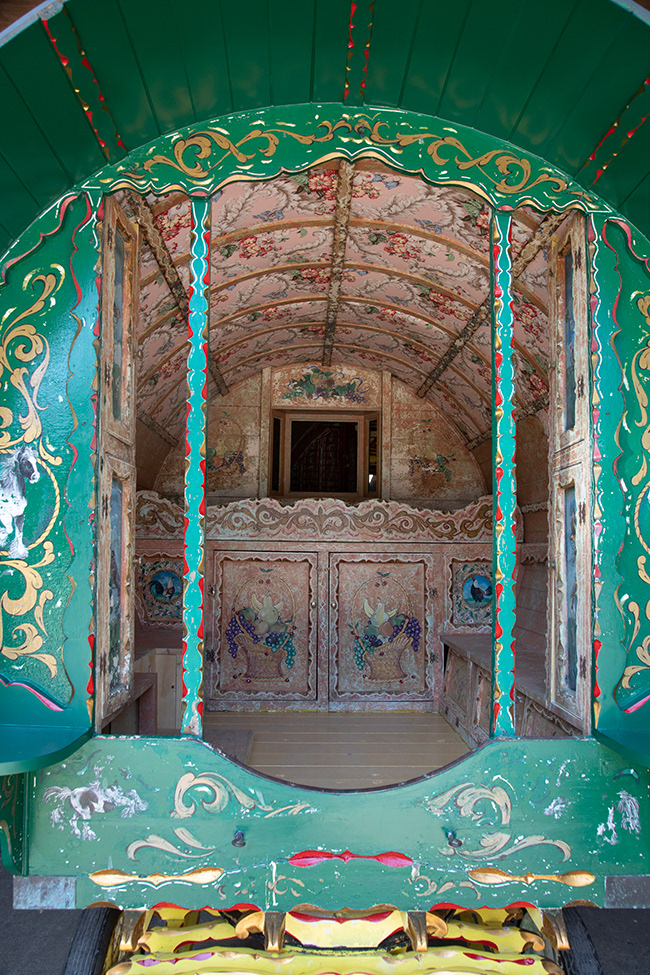
RD 203

RD 204

RD 205
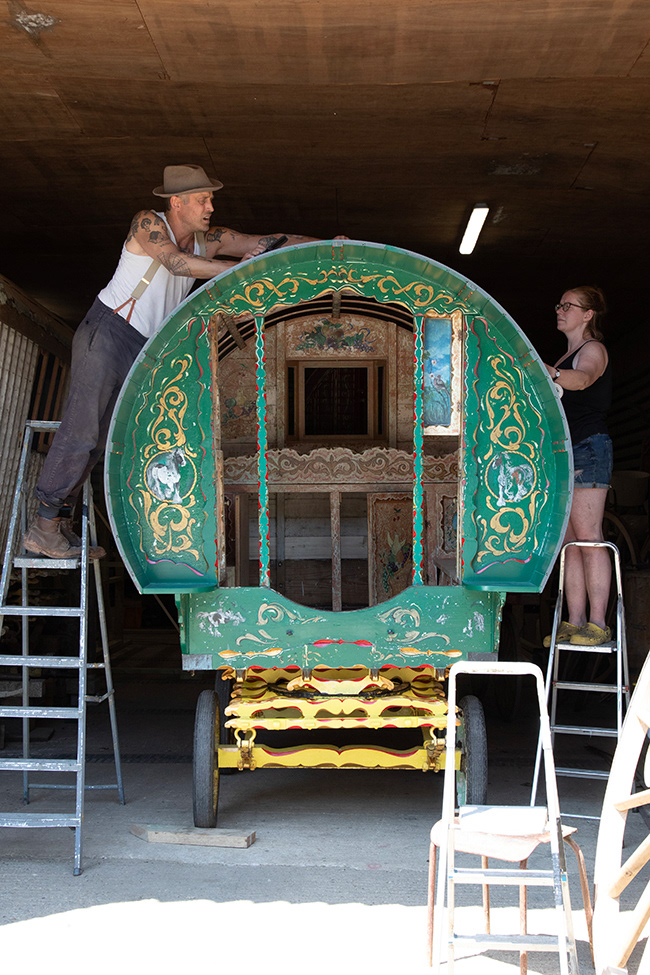
RD 206

RD 207

RD 208
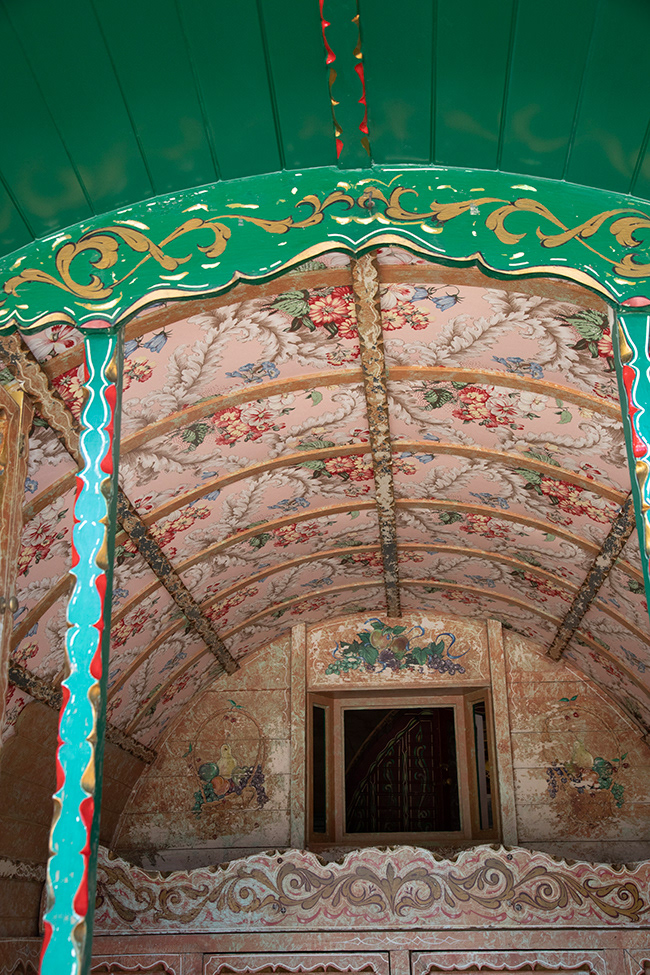
RD 209

RD 210

RD 211

RD 212

RD 213

RD 214
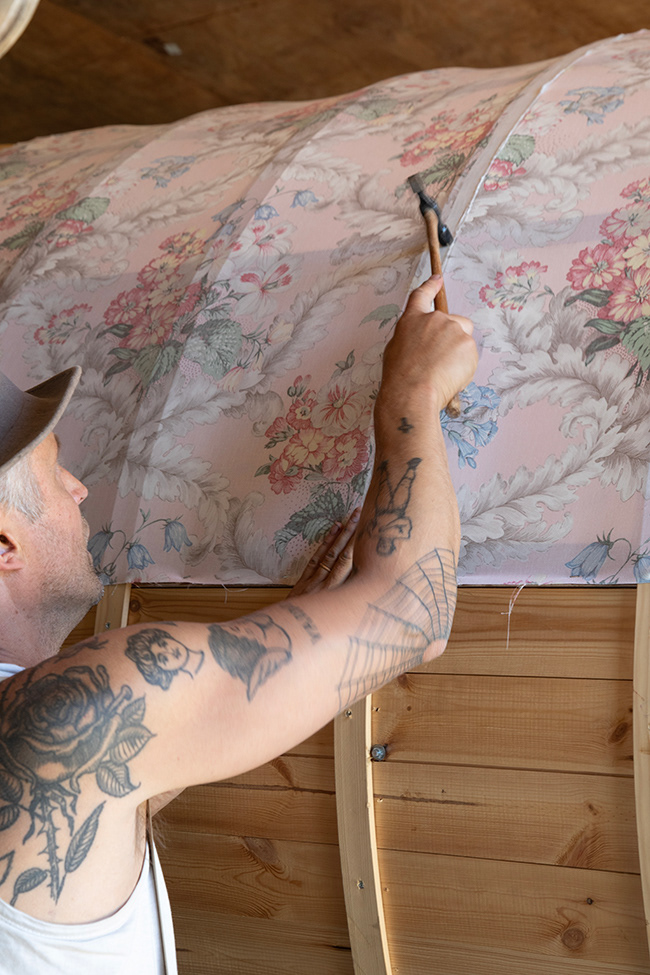
RD 215

RD 216

RD 217

RD 218

RD 219

RD 220

RD 221

RD 222

RD 223

RD 224
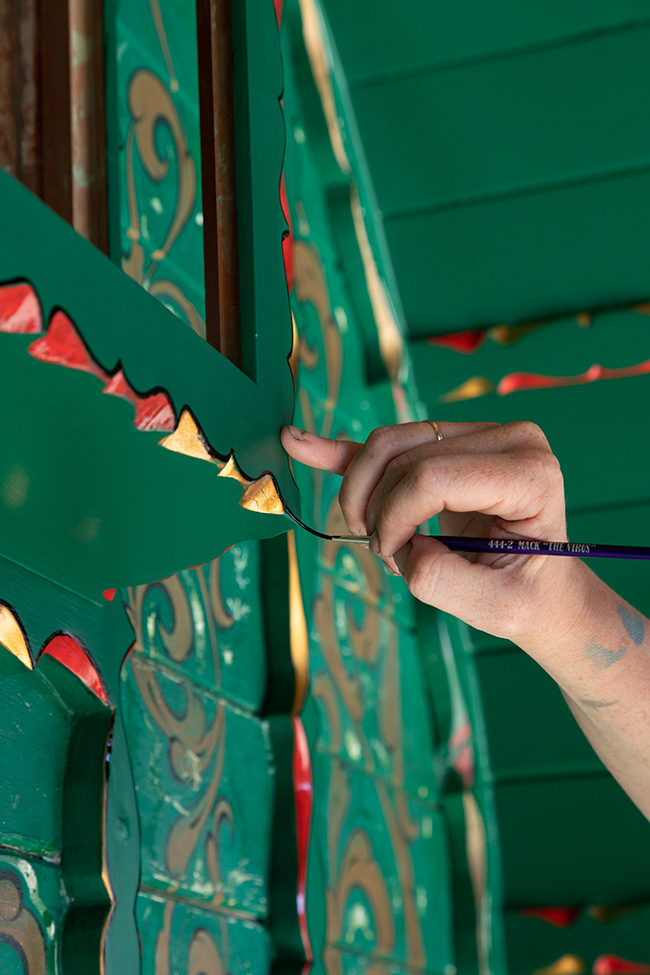
RD 225

RD 226

RD 227

RD 228

RD 229

RD 230

RD 231

RD 232

RD 233
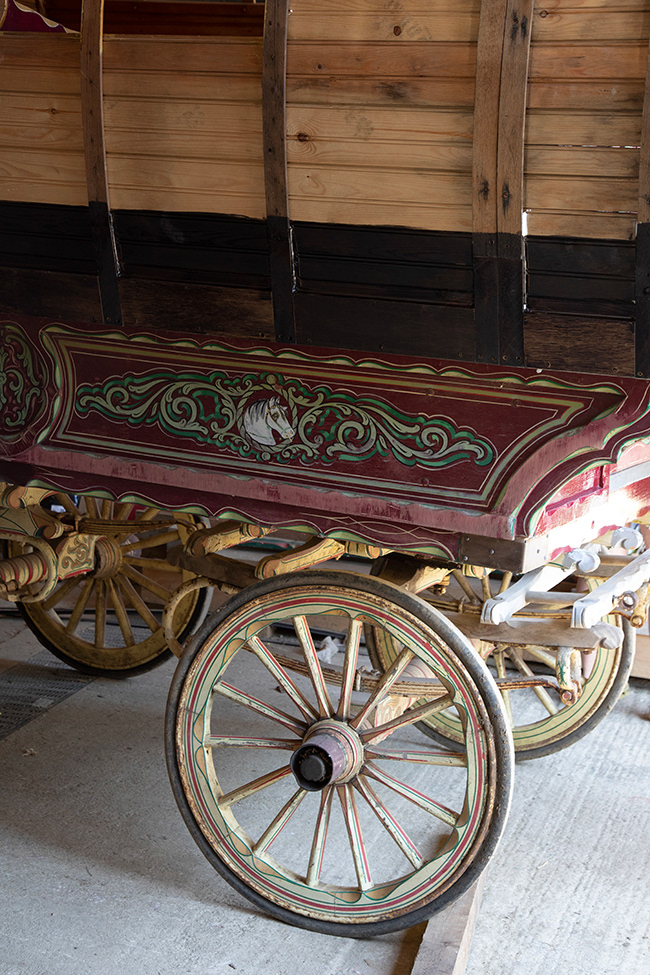
RD 234

RD 235

RD 236
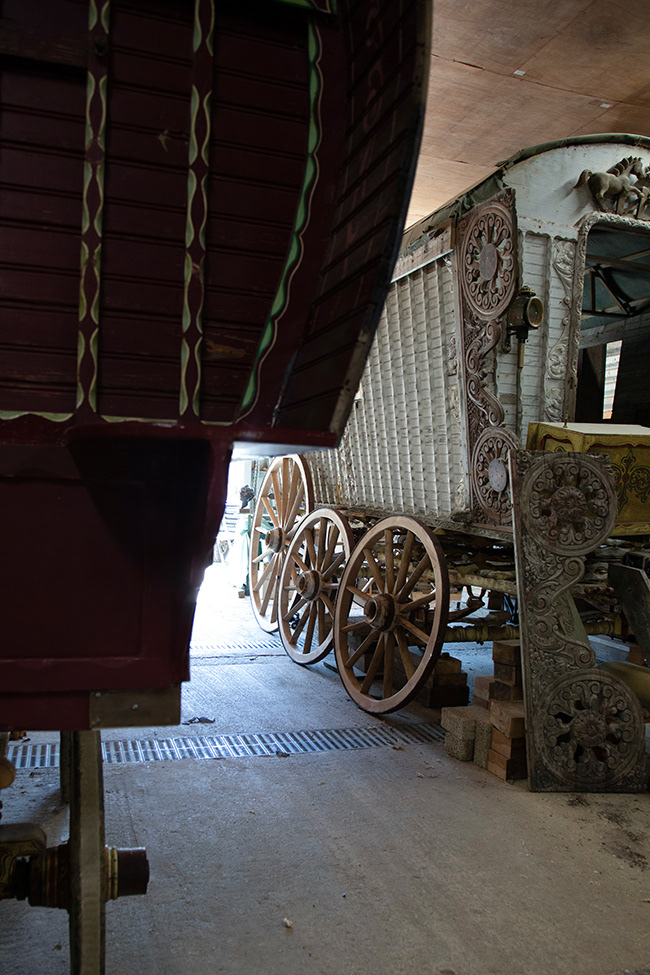
RD 237

RD 238



